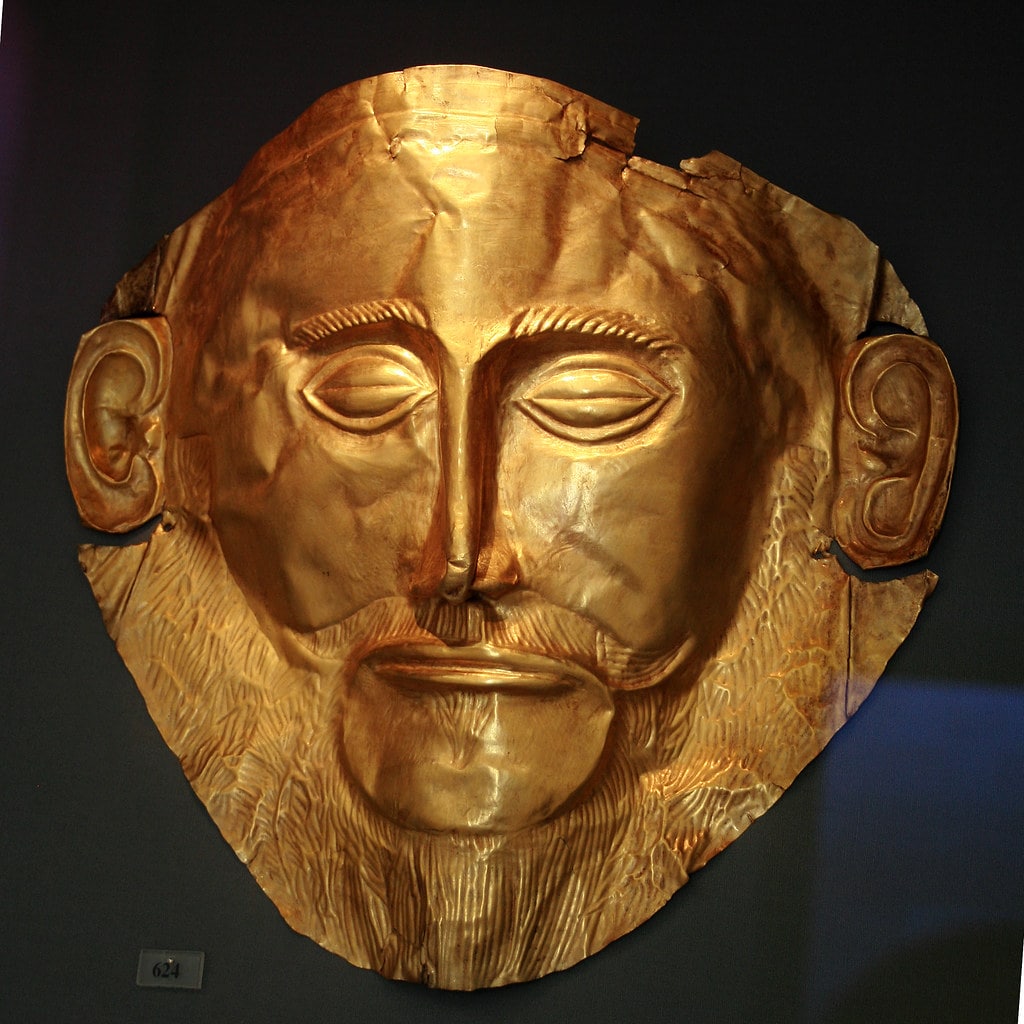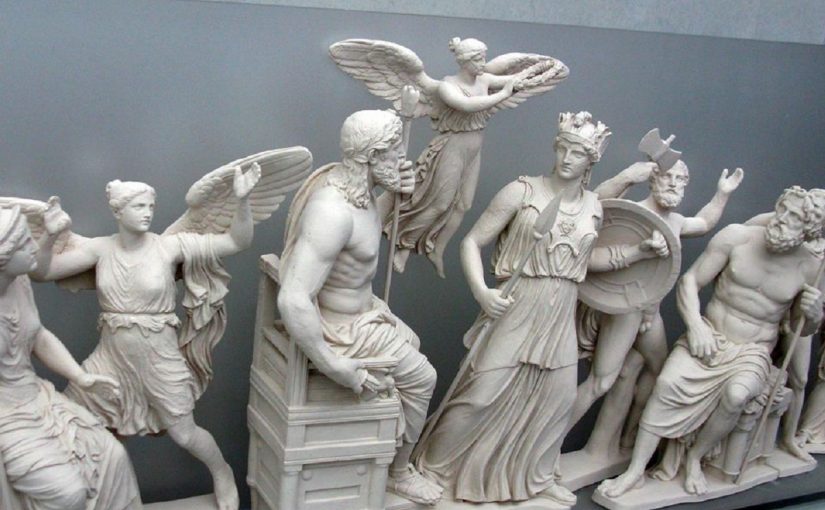9.5.2019
The same History of the Western world begins, according to Homer, with a divine deliberation about the disagreement to be posed between East and West, with the proud disagreement of the Achaean (the Greeks) from the East of Troy, and with the legendary war of the same name.
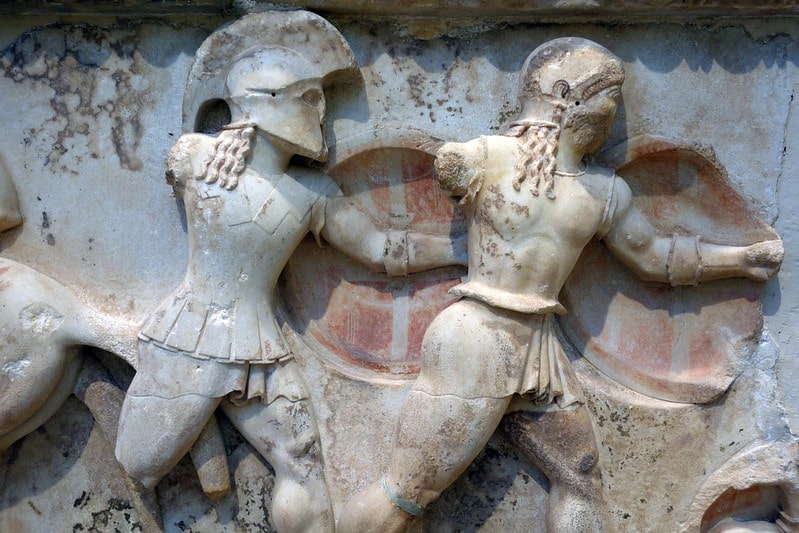
To seal the decision of the gods intervenes the wine, that which divine Ebe pours to the Olympians, a wine certainly ancient, as immemorial are the traces in Calabria, in the land called “Locride”, of the production, coeval with Homer and perhaps the facts of Troy, of this magnificent vine elixir.
Thus Homer tells how the glass of Hebe, filled with wine is offered to the gods of Olympus, shortly before they decide the fate of Troy and the new world of the Achaeans (the Greeks):
“Sitting around Zeus,
the gods were at
conference / on
a gold floor, and between
their Ebe, venerable, /
poured wine them like the
nectar; those with the
gold cups /
drink a toast, while
turning their
look at Troy “.
Iliad IV, 1 ssg.
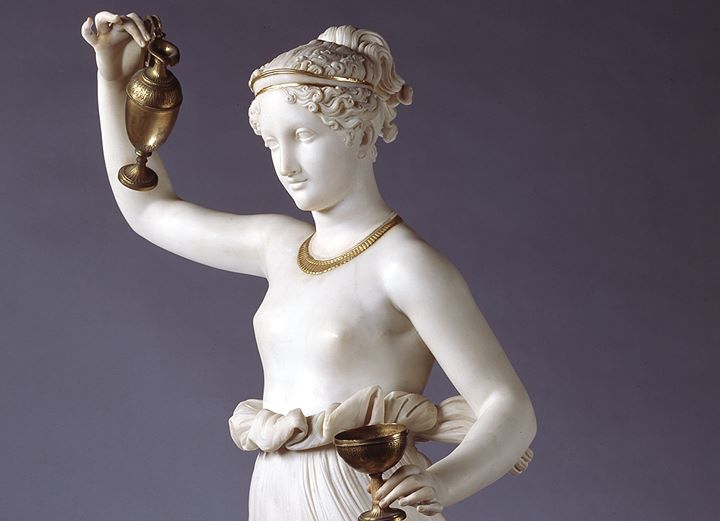
In the classical Greek world Hebe (“Ηβη, Hebe) does not have a well-defined history, it is a” discreet goddess “; however Hesiod speaks of it often and we like to imagine that the ancient archaeological sites, found in Calabria where the must was treated (the so-called “Palmenti”), were the primitive place where wine was for the first time “pro-created” by the ancient Bruzi and then by the Greek colonists. Yes, “pro-created”, born, for the first time in the Western world in collaboration with a creator, ….but not with the Goddess Hebe, but with God himself, who intended to give it to the “land of men”…
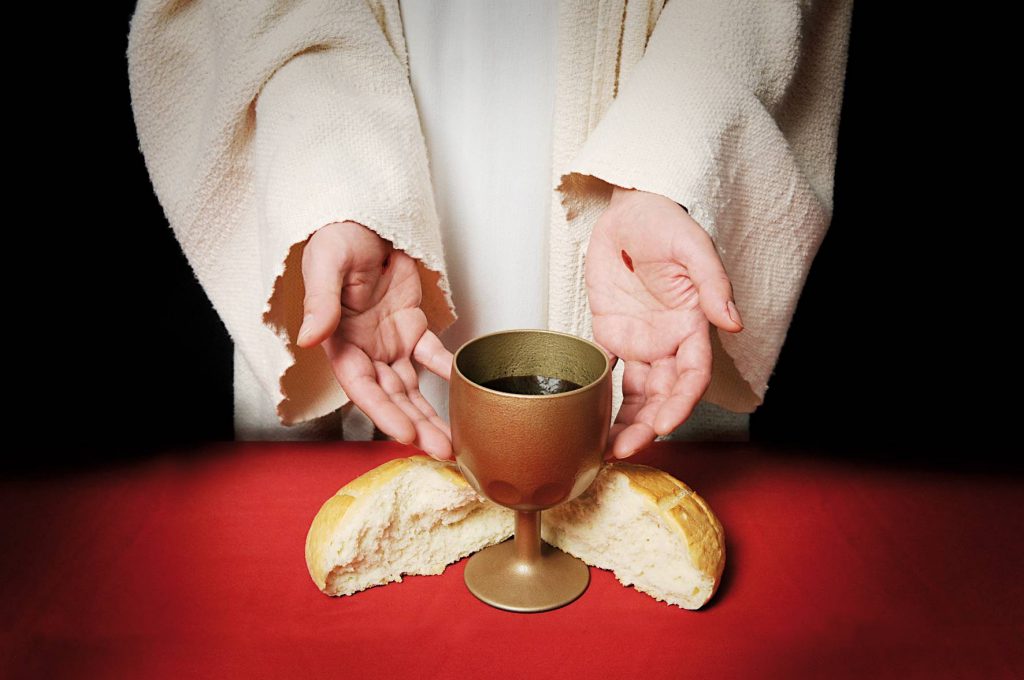
FROM THE MYTH TO HISTORY AND ARCHEOLOGY
The ancient millstones excavated in the rock are the clear material document, in the area of Locride, very close to the site of the “Passito di Bianco”, of the relative flourishing and long-lasting production of wine in this territory, suited for the cultivation of vines from immemorial time.
The abundant presence of rock mills (tanks of sandstone for the decantation of the must), dug into the rock, represents a very important testimony of the flourishing wine culture in Calabria. This phenomenon describes indirectly and in an important way the agricultural landscape of a specific area of the Locride, that is that of the Ionian coast of Reggio included between the municipalities of Bruzzano, Ferruzzano, S. Agata del Bianco, Caraffa del Bianco, Casignana, Africo and Samo, where a massive concentration of over 700 specimens has been found.
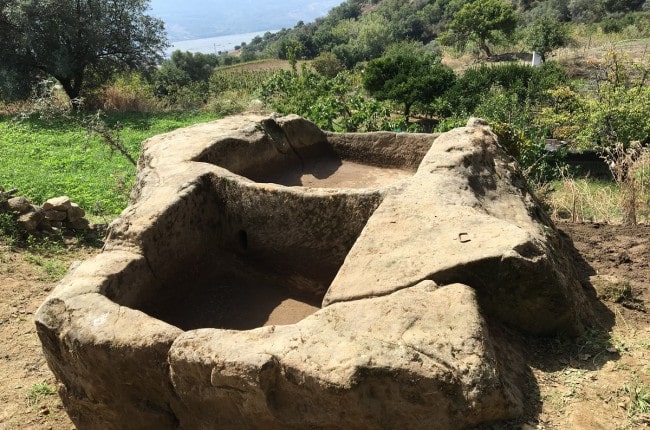
A RELIC OF ANCIENT MEDITERRANEAN WINE MAKING
The manufacts made in the rock are part of the oldest production facilities for wine. Some rocky remains of the western Mediterranean date back to the first millennium BC, but since it is a technique used in all historical periods and lacking artifacts that prove its age, their dating is often difficult.
These types of millstones are also mentioned in the Bible [Jeremiah 48.33; Job 24,11] and have been present in Syria and Israel since the Bronze Age, where there are even more than 10,000; they were also found in Greece, particularly in Crete and the small island of Gaudos, used from the Minoan to the Hellenistic age.

SMAF LTD
Explore our products, coming from CALABRIA. Order the food and beverage products that allow you to explore the Mediterranean diet of a remarkable region. Surrounded by two seas and adorned with pine forests, mysterious villages, natural habitats, and rich biodiversity. Discover handcrafted delicacies that embody the soul of the land: sun-ripened fruits, premium olive oils, bold wines, artisanal cheeses, and traditional cured meats, all crafted with passion and authenticity.
The millstones of the area of Locride, instead, express the evident vocation of this territory, since Biblic time or Homeric, to viticulture and to the production of wines that from here were then shipped to the Mediterranean ports.
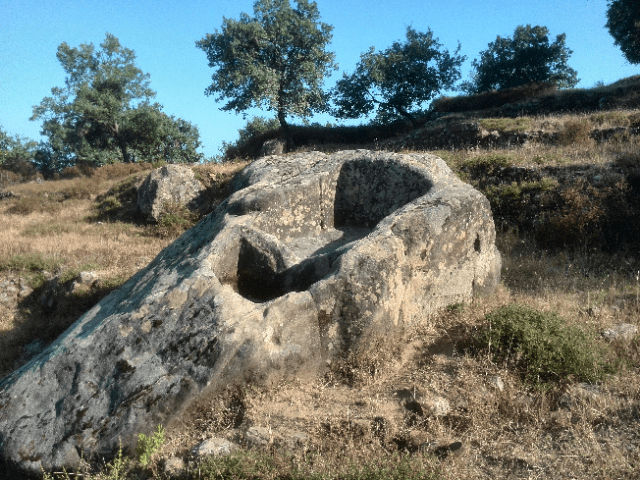
WINE-MAKING AT THE TIME OF HOMER
The “Palmenti” show the primordial techniques in which the crushing of the grapes was carried out with the feet, as the paintings of the tombs of Ancient Egypt describe well.
The name “palmento” derives from the Latin pavimentum: it consisted of basins dug into the sandstone, an upper one called, in actual Calabrian dialect, “buttìscu” and a lower one called “pinàci”, made communicating with each other through a hole. The sandstone is a very friable rock and where this was not present, the stalks were built in mixed masonry and made impermeable with a layer of sand and lime plaster mixed with earthenware of a thickness of about 3 cm.
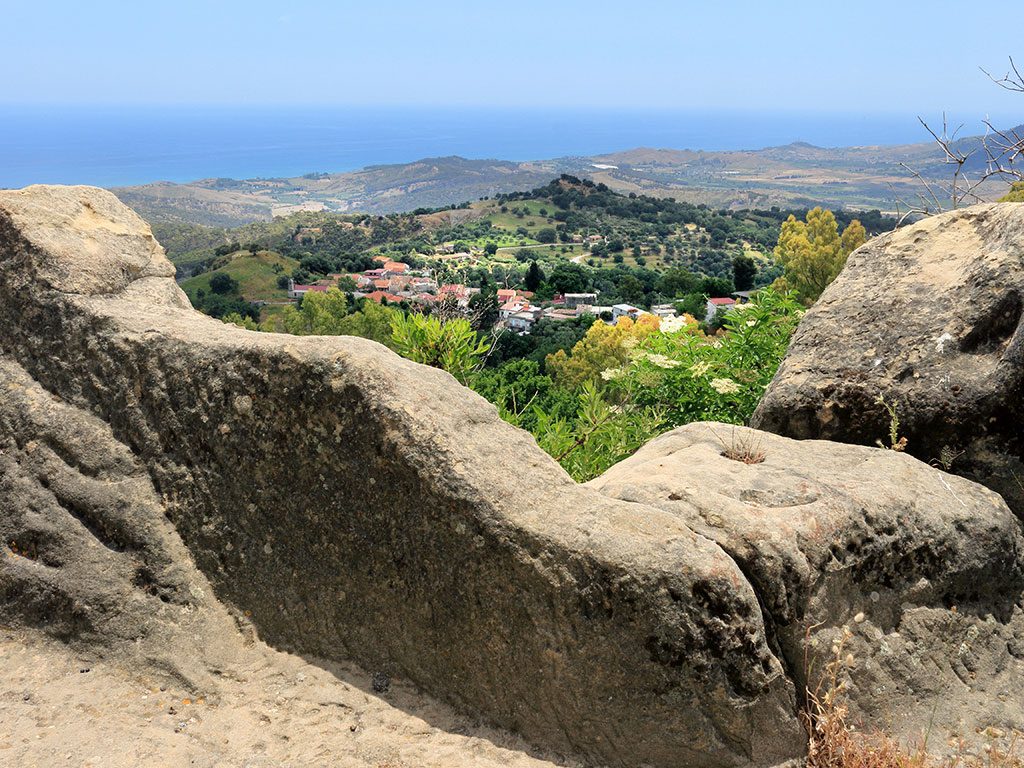
The palmenti were equipped with a channel that allowed the outflow of the liquid squeezed into a basin for fermentation, both made of clay. Then in the upper basin there were grooves in the side walls, where a large table full of holes ( in actual Calabrian dialect:“la foràta”) was placed, which served to create a narrow passage (“consu”) into which the pomace was poured to be further crushed by a large table of holed oak wood called “chjancùni”.
Once the processing practices were completed in the millstones, the must produced was finally placed in the wine amphorae.
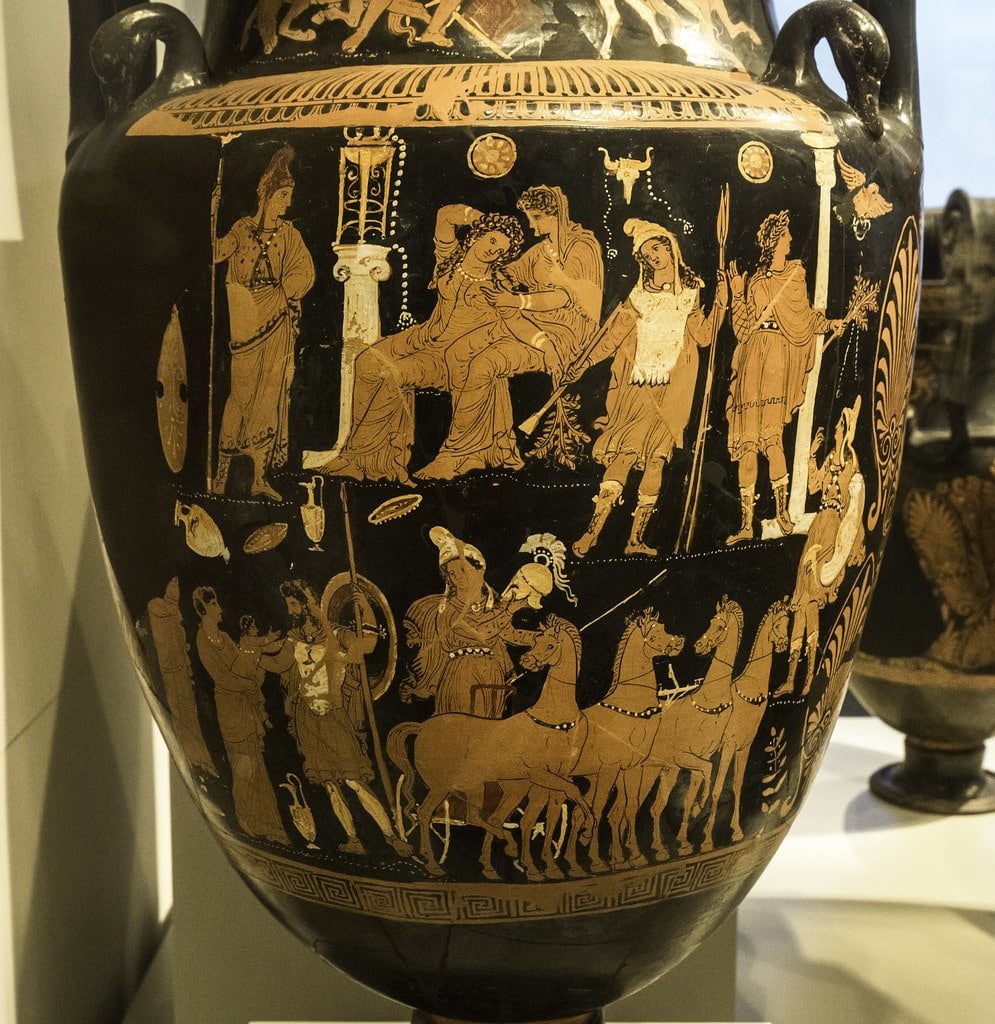
A good part of the many millstones of this area of Calabria, which revolved around the prosperous Magna Graecia colony of Locri Epizephirii, are hypothesized to date back to a period between the 7th and 4th century BC, due to some archaeological materials found later, in Ferruzzano and in the towns of the district of S. Domenica and Carruso: some fragments of tiles, in Greek “pithoi”, plus a fragment of a Locrese vase and a fragment of a Corinthian vase, as well as the base of a MGS amphora (Greek-Italic).
OBLIVION AND REDISCOVERY OF CALABRIAN WINE
On various surveyed and studied milestones, Byzantine crosses have also been identified, which therefore indicate that wine production continued to be present and lasting even in the sixth century AD: among them we must remember two extremely important ones since they bear the Justinian cross engraved, unique examples in Calabria.
This area is also rich in Basilian caves and architectural ruins: this suggests that the landscape has been transformed over the centuries, alternating between buildings, destruction, reconstructions and movements from the coast to the hinterland.
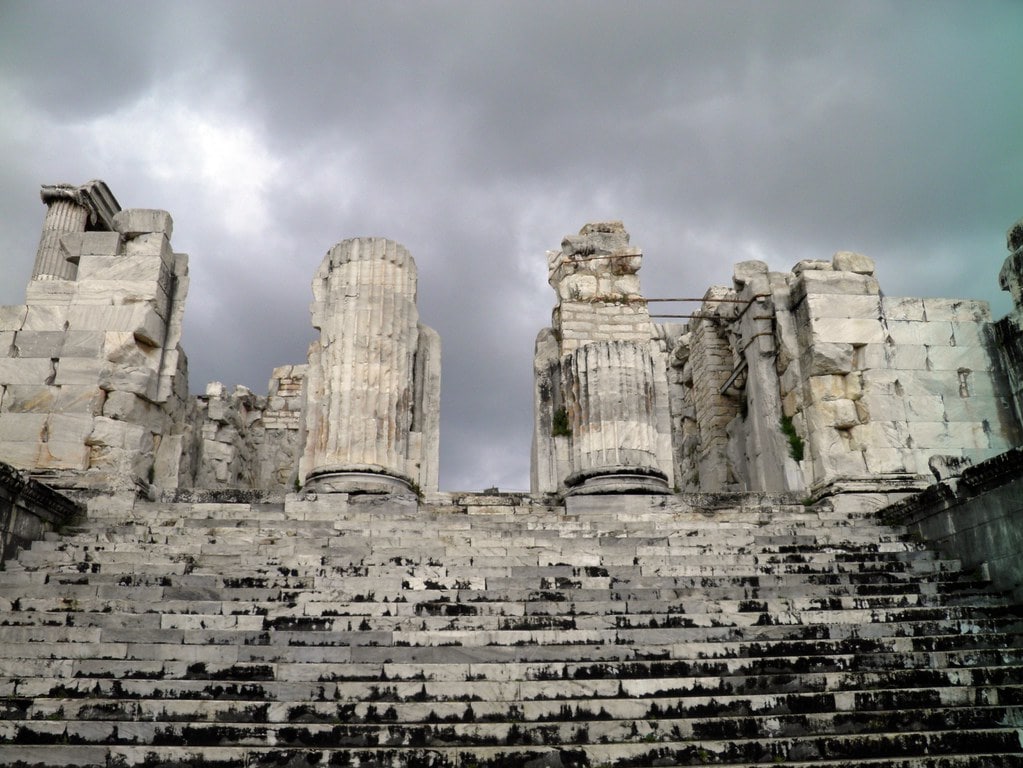
AN HISTORY REPEATING: OBLIVION OF ROOTS
Until not too long ago, given that the use was ignored, the Palmenti were used even as troughs for the animals; others, unused, were destroyed to make way for the cultivation of the land.
Such oblivion is a symbol of History repeating: Western world and Italy forget origins of wine making as a gift, as a “procreation” of Calabria!
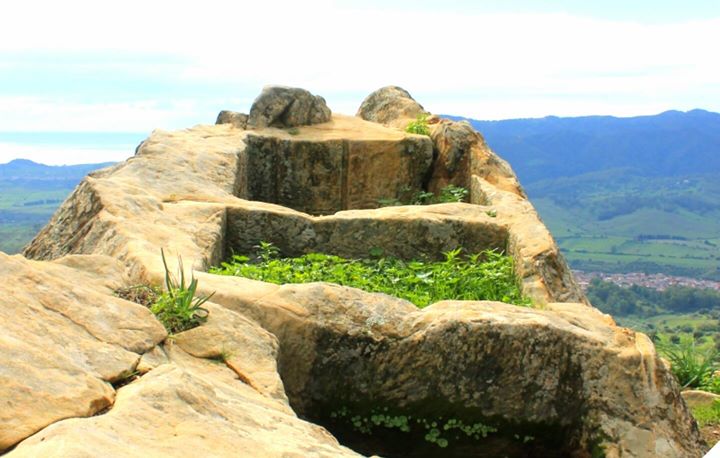
One of many unique features of Calabria’s Wine Region is its great number of vines, representing the genetic root of all Italian and Western vines. Apart the ancient tecnique of Palmenti, which was “pro-created” here, you cannot count the popular indigenous varietals like Gaglioppo, as well as many that are still being re-discovered today, which gave rise, genetically and archeologically, to the highest number of indigenous grapes of all Italy and the World.
Since first production of a pure wine of vine in Armenia, 6,000 years ago, only Calabria and its Magna Graecia gave to the world a unitary tecnique of production and winemaking.
This is the main reason why the top of global wine list elected Calabria for decades as the land of more interesting wines, not only for the region’s untouched splendor and beauty, but also for the history of its wines!
